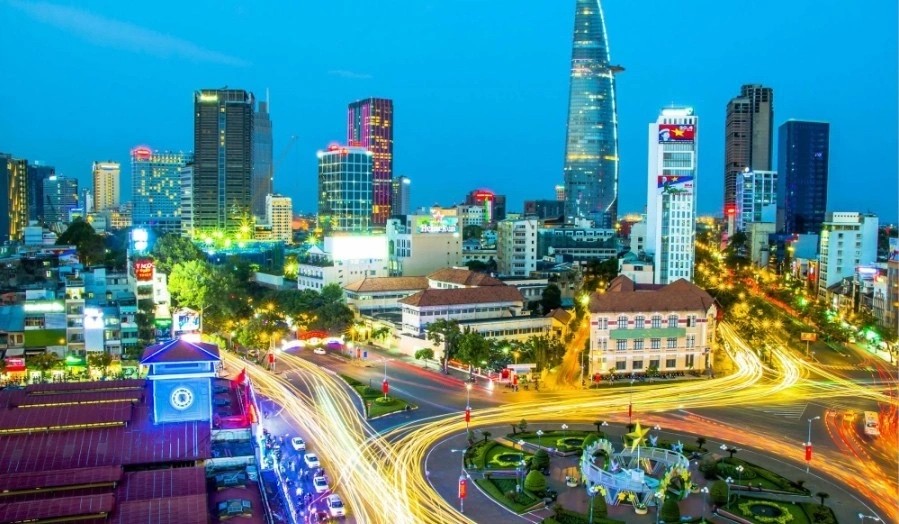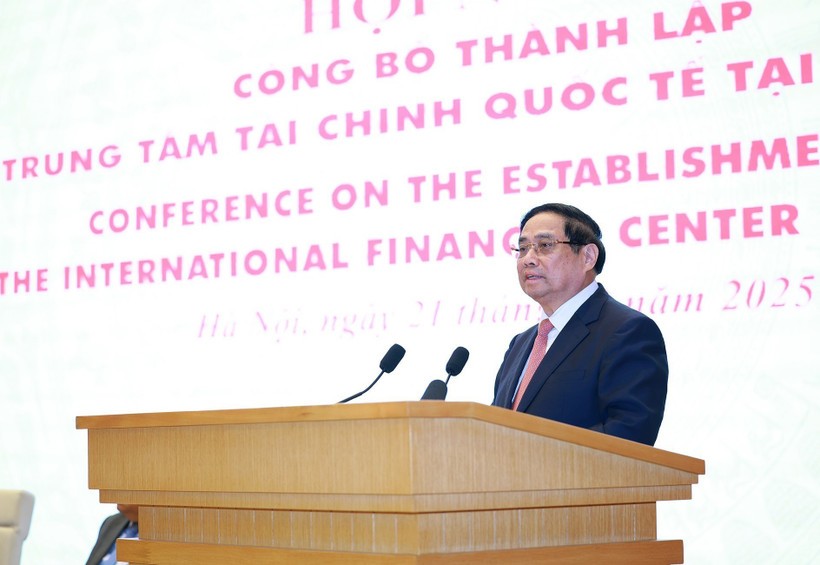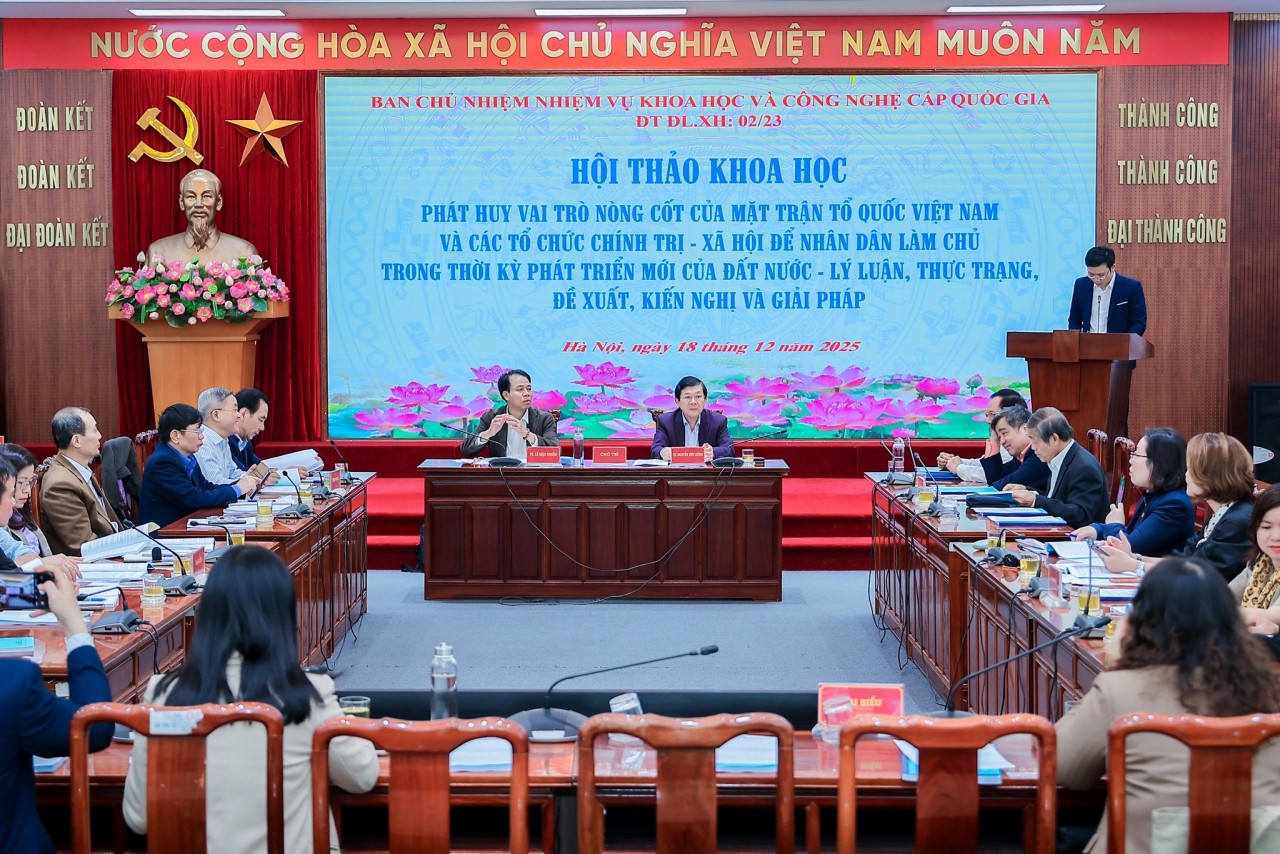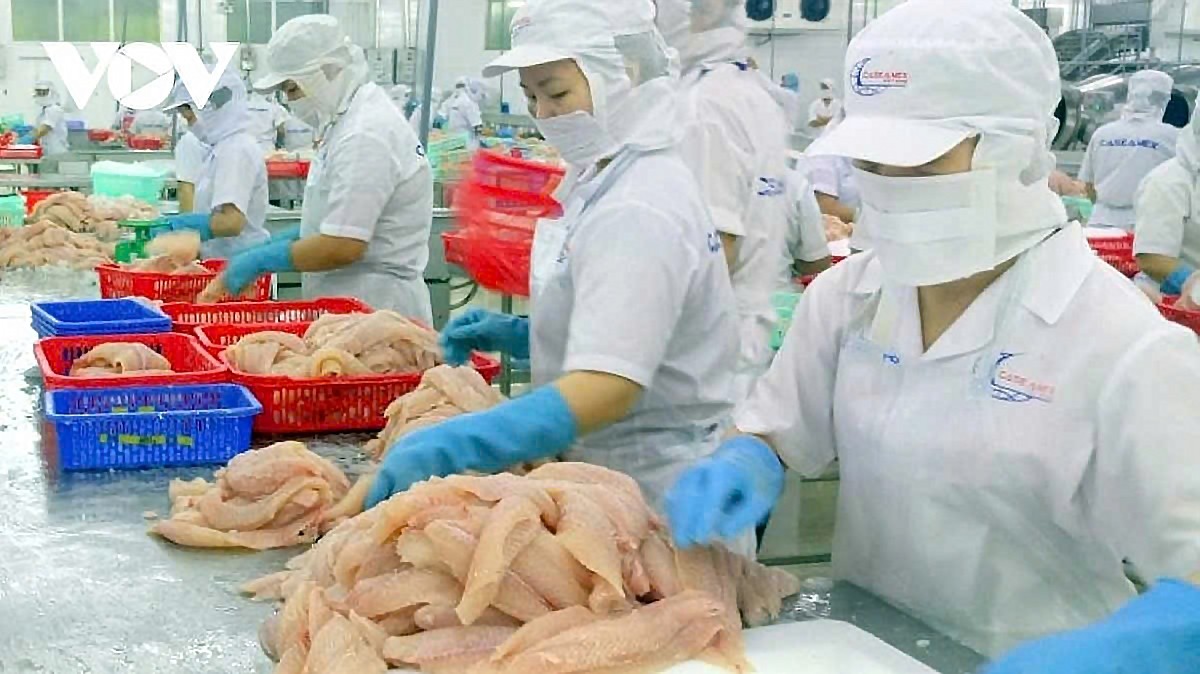Vietnam, France foster innovation cooperation
A forum titled “Unlocking the Innovation Potential between France and Vietnam, Lessons from Nobel Laureate Serge Haroche” took place in Hanoi on October 3 as part of National Innovation Day 2025.
The event served as a platform for representatives of French organisations and companies to exchange and share experiences and strengths in technology, science, innovation, and digital transformation, in the context of active bilateral cooperation.
Sharing at the forum, Serge Haroche, Nobel Prize laureate in Physics in 2012 for his pioneering contributions to quantum physics, stressed the potential for Vietnam to gradually become a quantum technology hub in the region.
According to the professor, it is important to create an enabling environment with favorable conditions for outstanding young researchers to conduct studies, while also paying attention to private-sector research. To promote applied research, a balance between the role of the State and that of the private sector is also essential.
In addition, he noted that Vietnam should focus on building a solid general education foundation in core sciences such as mathematics, physics, and chemistry, along with developing long-term, consistent science policies and ensuring substantial state financial support for research projects.
French Ambassador to Vietnam Olivier Brochet said that 2025 marks the France–Vietnam Year of Innovation, launched by France to promote cooperation and exchanges in innovation between the two countries, according to VNA.
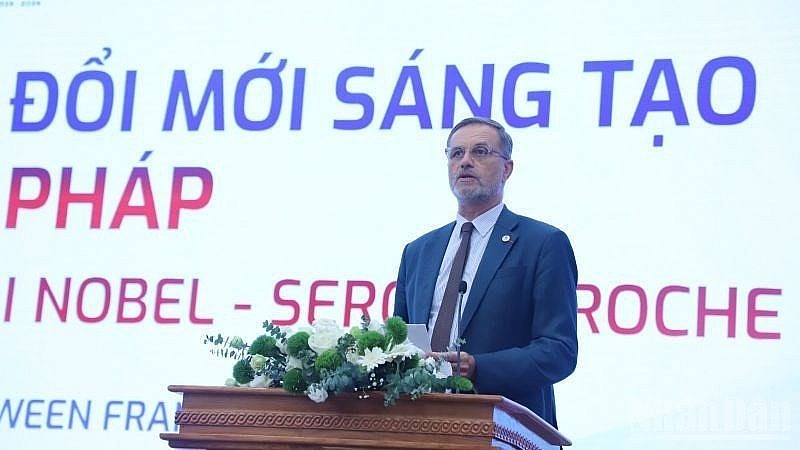 |
| Serge Haroche, Nobel Prize laureate in Physics in 2012 for his pioneering contributions to quantum physics, speaks at the forum. (Photo: VNA) |
This forum promotes scientific research, the development of strategic technologies, and serves as a bridge to foster public-private partnerships, linking universities, state agencies and businesses to create a sustainable innovation ecosystem in Vietnam, the diplomat affirmed.
Kim Ngoc Thanh Nga, Deputy Director of the Vietnam National Innovation Center (NIC), stressed that after Vietnam and France established their comprehensive strategic partnership, innovation cooperation has become a key pillar in bilateral relations. Both sides share the vision of fostering trade cooperation, digital transformation, and sustainable development.
According to her, France, with its strengths in basic research, high technology, and a vibrant startup ecosystem, can support Vietnam in developing human resources, technology transfer, and building innovation centers. Conversely, Vietnam – with its dynamic market, young workforce, and ability to quickly adopt new technologies – offers a fertile ground for French innovative ideas to be put into practice.
This synergy is expected to open up many strategic cooperation opportunities, contributing to strengthening Vietnam – France trade and innovation ties, she said.
Two possible scenarios for Matmo’s impacts on Vietnam
Assoc. Prof. Dr. Mai Van Khiem, Director of the National Center for Hydro-Meteorological Forecasting, has outlined two major possible scenarios for Typhoon Matmo’s impacts as it makes landfall in Vietnam, with Quang Ninh, Hai Phong, and Ninh Binh provinces most at risk.
Tropical storm Matmo, the 21st storm in the Northwest Pacific this year, strengthened from a tropical depression on the morning of October 3 and reached the eastern coast of Luzon Island, Philippines, by noon.
Named by the United States, “Matmo” means heavy rain in Chamorro. Forecasts indicate that by the afternoon of October 3, Matmo will enter the East Sea and, by the afternoon and evening of October 5, pass between Hainan Island and the Leizhou Peninsula, China, before heading toward the northern Gulf of Tonkin.
At that stage, Matmo is expected to weaken from wind speeds of about 89-117 km/h (equivalent to wind levels 12-13) to around 89 km/h (level 10) but may still reach 89-117 km/h with gusts up to 150-166 km/h over sea. Favorable sea surface temperatures of around 29°C and low wind shear in the northern East Sea will support Matmo’s development. Meanwhile, a subtropical high-pressure system steering the storm westward could increase its speed to 25-30 km/h.
From the moment Matmo enters the waters near Guangdong Province, two major scenarios are possible, cited VOV.
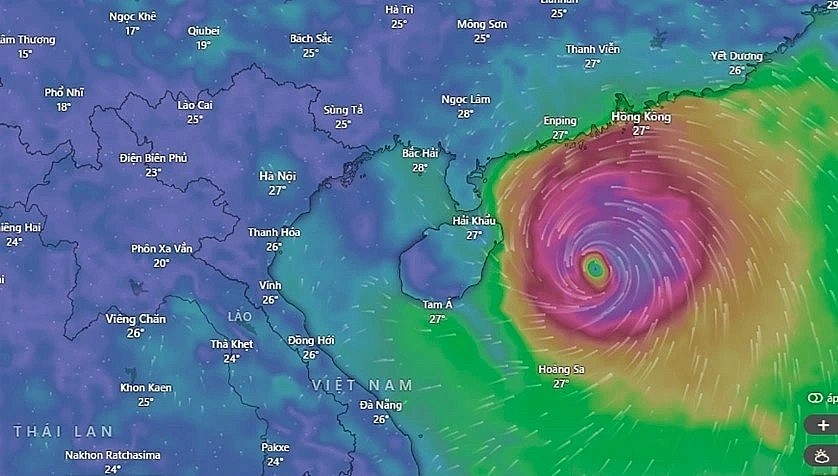 |
| Two scenarios have been outlined for Matmo’s impacts on Vietnam, with Quang Ninh, Hai Phong, and Ninh Binh likely to be hardest hit (Source: Windy) |
In the first and more likely scenario, with a probability of 70-75%, the subtropical high weakens and shifts eastward, causing Matmo to veer more northward and pass over land, similar to Typhoon Ragasa. This path would weaken Matmo by 2-4 wind levels before reaching northern Quang Ninh. Under this scenario, winds in the Gulf of Tonkin would reach 75-88 km/h, with gusts of 62-74 km/h inland in Quang Ninh and Hai Phong, accompanied by heavy rainfall in northern midland and mountainous areas.
In the second, more extreme scenario, with a probability of 25-30%, the subtropical high remains relatively strong, causing Matmo to travel mainly over sea and weaken less. Winds at landfall in Quang Ninh could then reach 75-88 km/h with gusts of 112-135 km/h, extending the impact further south to Ninh Binh, with heavier rainfall and deeper wind penetration inland.
From the night of October 5 to the end of October 7, northern Vietnam and Thanh Hoa province are expected to experience heavy to very heavy rainfall of 100-200 mm, locally exceeding 300 mm. Mountainous and midland areas of northern Vietnam could receive 150-250 mm, with local accumulations above 400 mm.
From October 6-9, a flood wave is forecast in northern Vietnam, Thanh Hoa, and Nghe An provinces, with river levels rising from above warning level 2 to above warning level 3 in some areas.
Meteorological agencies will issue updates on Matmo’s progress, four forecasts daily initially, increasing to eight per day from the afternoon of October 3 when the storm enters the East Sea.
Ministry proposes nine days off for 2026 Lunar New Year
The 2026 Lunar New Year holiday may last for nine days, from February 14 to 22, according to a proposal by the Ministry of Home Affairs.
The ministry is currently seeking feedbacks from 13 other ministries and sectors before officially submitting it to the Government for approval.
Under the proposal, during Tet holiday, public employees and workers would have nine consecutive days off, from February 14 (the 27th day of the 12th lunar month) to February 22 (the 6th day of the 1st lunar month).
If approved, this will mark the second consecutive year that the Tet holiday spans nine days. A longer holiday is expected to facilitate travel and spending.
In addition, the ministry also proposed a five-day break from August 29 to September 2, 2026, for the National Day holiday, reported VGP.
 |
| Photo: VGP |
Other public holidays in 2026 are scheduled as follows:
January 1 (New Year Day);
April 25–27 (three-day break for the Hung Kings' Commemoration Day);
April 30–May 3 (four-day holiday for Reunification Day and International Labor Day).
With the above plan, public employees and workers would be entitled to have 22 official days off in 2026, equivalent to that in comparision to last year.
 | Vietnam News Today (Sep. 30): Russian parliament ready to support Governments to bolster all-round ties; Engineering Unit Rotation 3 accomplishes task in UN peacekeeping mission ... |
 | Vietnam News Today (Oct. 1): ADB Raises Vietnam’s Economic Growth Forecast to 6.7% in 2025 Vietnam News Today (Oct. 1): Vietnam, Japan parliaments strengthen cooperation; ADB raises Vietnam’s economic growth forecast to 6.7% in 2025; Tay Ninh, Mekong Delta emerging ... |





